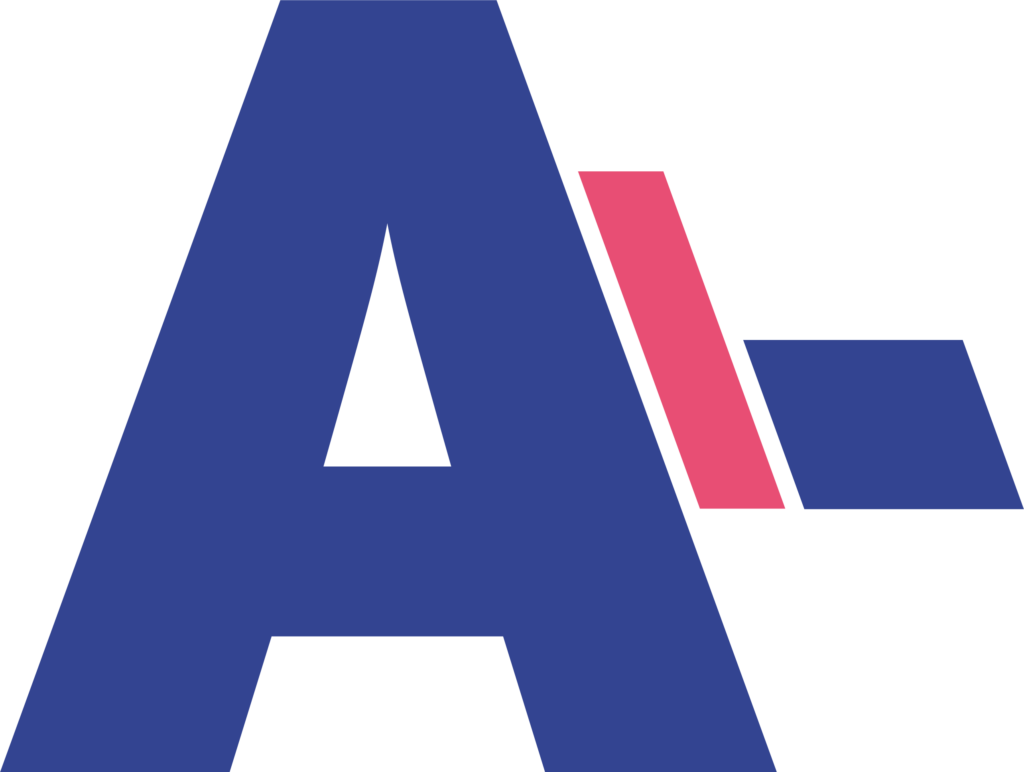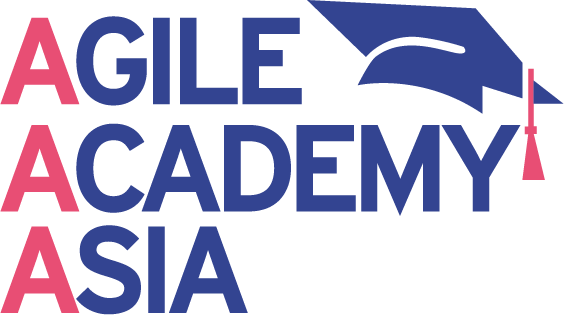
Don't Let Agile Fail You - Uncover the Most Common Agile Mistakes
Agile is popular, but it has its share of failures. While it has advantages, Agile development can take time to implement and sustain. It requires a high level of discipline and commitment from the team, and it can be challenging to balance the needs of the customer with the needs of the development team. Additionally, the process may be too rigid for some projects, leading to delays and an overall lack of progress.
What are the most common failures:
Lack of understanding of the process: Agile development requires an understanding of how to balance customer needs with the team’s development goals, and everyone involved must know their roles and responsibilities. Without a clear understanding of the process, the team may work on tasks that aren’t relevant to the project or implemented in the most efficient way.
Solution: Have a clear training program in place to ensure that everyone involved in the project understands the process, roles, and responsibilities. This should include regular training sessions and refresher courses.
Lack of a clear vision for the project: Without a roadmap for the team to follow, it’s challenging to keep everyone focused on the same goal. Additionally, the team may spend too much time on tasks that are not necessary or relevant to the project.
Solution: Develop a clear project roadmap that outlines the milestones, tasks, and objectives for the team to follow. This will help keep the team focused on the same goal and ensure everyone is working towards the same result.
Lack of discipline and commitment from the team: If the team is not committed to the process, it can be difficult to keep everyone on the same page and ensure everyone is working towards the same goal. This can lead to delays and a lack of progress.
Solution: Have regular check-ins with the team to ensure that everyone is committed to the process and is on track. Additionally, set deadlines and expectations for each task and provide regular feedback to the team.
Too much focus on process rather than results: Agile development is focused on delivering results, but it’s also focused on the process. If the team is too focused on the process, it can lead to delays and a lack of progress.
Solution: Have a clear timeline for each task and set deadlines for completion. This will help ensure that the team is focused on results and not just the process.
Poor communication between team members: Communication is key in agile development. Without clear communication between team members, it can be challenging to ensure that everyone is on the same page and that tasks are being completed efficiently.
Solution: Establish a clear communication plan and ensure that everyone involved in the project knows it. This should include regular check-ins and team meetings to ensure everyone is on the same page.
Lack of proper planning: Agile development requires adequate planning to ensure that tasks are completed on time and that the team is working towards the same goal. Without proper planning, the team may end up working on tasks that are not relevant to the project or that are not implemented in the most efficient way.
Solution: Have a clear planning process in place that includes setting timelines and objectives for each task. This will help ensure that the team is working towards the same goal and that tasks are being completed in the most efficient way possible.
Tools to prevent failure:

- Project management tools: Project management tools such as Jira, Asana, and Trello can help teams stay organized and ensure that tasks are being completed in the most efficient way.
- Communication tools: Communication tools such as Slack, Microsoft Teams, and Zoom can help teams stay in touch, collaborate, and ensure that everyone is on the same page.
- Planning tools: Planning tools such as Gantt charts and Kanban boards can help teams plan project timelines and objectives and ensure that tasks are being completed in the most efficient way.
- Agile software: Agile software such as AgileZen and Scrumy can help teams track progress, prioritize tasks, and ensure that the team stays on track.
- Collaboration tools: Collaboration tools such as Google Docs and Confluence can help teams collaborate and ensure that everyone stays on the same page.
Retrospective
Retrospective meetings are an important part of Agile project management. Retrospectives are held at the end of each project phase or sprint and provide the team with an opportunity to review their progress and discuss what went well and what needs to be improved. They are a chance for the team to reflect on their successes, identify areas for improvement, and brainstorm ideas for how to move forward. Retrospectives can help teams avoid future failure by providing an opportunity to address any issues that may have caused delays or a lack of progress. Additionally, retrospectives can help build team morale and foster a better understanding of the Agile process.
Coaching and guiding are vital
An Agile coach and/or Scrum master can help guide and coach teams to avoid failure in Agile project management. The Agile coach/Scrum master will help the team understand the Agile process and ensure that everyone is on the same page. Additionally, they will keep the team focused on the goal and ensure that tasks are being completed in the most efficient way possible. They will also help develop a clear vision for the project and ensure that the team is properly planning and communicating. Finally, they will provide regular feedback to the team and help ensure that the team is staying disciplined and committed to the process.

Agile Academy Asia
Agile Academy Asia provides training, consulting, and agile transformation services to help organizations and teams implement Agile project management successfully.
We provide resources and guidance to help teams better understand the process and develop a clear vision for the project. Additionally, we provide coaching and mentoring to help the team stay disciplined and committed to the process. We also guide on proper planning, communication and task completion to ensure that tasks are completed on time and that the team is working towards the same goal. We provide regular feedback to help the team stay on track and ensure they meet their goals.
Author:
Pjotr Steinmetz
Founder & Owner
Pjotr Steinmetz is a leading expert in Agile principles, with a deep understanding of how to successfully transition companies of all sizes into Agile frameworks. As the founder of Agile Academy Asia, Pjotr provides lectures, training, workshops and consulting sessions on the mindset of Agile and on various Agile–driven projects. He is also a Mentor at different accelerators, incubators and universities, where he trains and guides students and Startups in the benefits of Agile. With extensive experience in the Netherlands and Asia, Pjotr is at the forefront of helping companies in their Agile journey.

Book a free 30 minutes consultation with him to talk about Agile training, consulting, and transformations.
